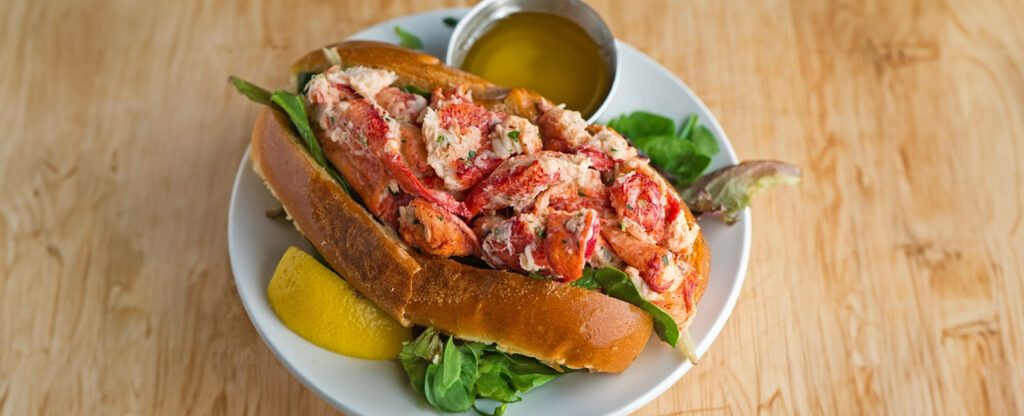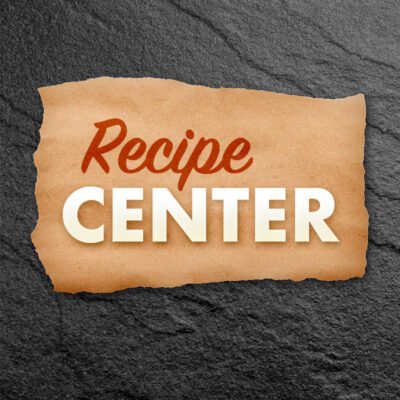
Healthy School Menus, Front and Center
In a world that showers children with pizza and macaroni and cheese, one thing parents and K–12 school foodservice operators can agree on is the need for better school lunches—meals that are more nutritious and made with cleaner ingredients that are free of artificial flavors, colors and preservatives.
Indeed, K–12 is too significant a segment to ignore when it comes to healthful fare. In fact, nationwide, schools comprise 9 percent of all foodservice units and 4 percent of all foodservice spending, according to the International Foodservice Manufacturers Association.
The segment’s size makes it ground zero for the childhood obesity crisis, which school foodservice stakeholders could help relieve by re-engineering school menus around nutrition. After all, unhealthy diets are a principal reason that an estimated one in five children age 2 to 19—about 14 million kids—are obese, according to the Centers for Disease Control and Prevention.1
Healthy-Eating Hurdles
Schools face unique regulatory and financial challenges that could hinder the pursuit of more flavorful, fresh and wholesome ingredients. Although the Obama-era Healthy Hunger-Free Kids Act of 2010 mandated school lunches with less sodium, more whole-grain foods and fewer sweetened drinks, for instance, the Trump administration wants to ease the standards in order to reduce schools’ menu-planning challenges.1
Even after overcoming regulatory and financial obstacles, schools must persuade kids to embrace better-for-you food. In many ways, that is the ultimate challenge, as there’s no point in offering healthy food if students won’t eat it.
In spite of the challenges, healthy eating champions must persist. Because without their intervention, the status quo—highly processed, low-nutrition items that are cheap and plentiful—will remain the default setting for school foodservice operators.
Nourishing Opportunities
Suppliers and distributors who offer healthy foods will find an especially eager (and growing) audience in the K–12 segment. Approximately half of school districts in the 2018–2019 school year served cleaner-label menu options; a year later, 91 percent of them were considering expanding their menus to include more nutritious, better-for-you offerings.2
Healthful Hits
Combining wholesome offerings that have exceptional flavor with clever marketing campaigns has helped some school districts win student favor.
At Broken Arrow High School in Broken Arrow, Oklahoma, for example, the school dietitian and strength and conditioning coach worked together to create a menu that would appeal to student athletes. Called the Tiger Nutrition Training Table, it meets federal school lunch regulations and features dishes that were formulated to maximize student athletes’ health and performance. The meals offer the maximum allowable calories, with more complex carbohydrates and fruit and vegetable options.3 For example, one qualifying lunch is teriyaki chicken with brown rice and vegetables—a mixture of lean protein and whole grains. Each day, 200 to 300 students line up for the meals in this program.
In Portland, Oregon, public schools offer an authentic Japanese dish—yakisoba with chicken and vegetables—through a partnership with noodle supplier Umi Organic, which district officials discovered at a food show. The company owner was a graduate of one of the district’s schools and was therefore familiar with its Japanese Immersion program. After the food show meeting, she developed a traditional, whole grain-rich yakisoba noodle that could be prepared in ovens to comply with the district’s cooking equipment. The tasty, authentic dish is now served in all the district’s elementary and secondary schools.4
Through thoughtful sourcing, partnerships and creative positioning, healthful food can be a hit with students and parents alike. Begin with high-quality proteins that deliver the essential nutrients students need, and then enhance them with flavorful spices and sauces that appeal to kids’ evolving taste buds. They’ll be sure to tell you what they like—and what they don’t.
Sources:
Content courtesy of Perdue Foodservice
1Kreidler, Mark, “No More Tater Tots? California Schools Put Healthier Lunches to the Test,” California Healthline, Oct. 15, 2019
2“2019 School Nutrition Trends Report,” School Nutrition Association
3Keleher, Katie, “Broken Arrow Nutrition Program Helps Student Performance”, KJRH-TV, Dec. 9, 2019
4Schilling, Becky, “Who’s Serving the Best K-12 School Meals in America?” Food Management, Nov. 12, 2019









